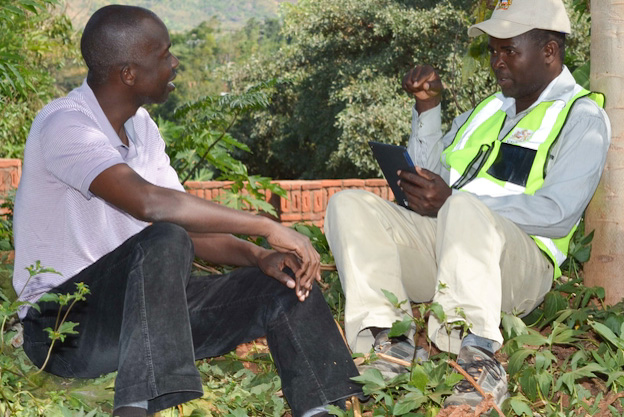Malawi’s population has hit over 17.5 million, 35 percent increase in 10 years from 2008 to 2018, a preliminary report of the recent Population and Housing Census (PHC) released by National Statistic Office (NSO) says.
The NSO’s report, dated December 2018, indicates that the country’s population has increased to 17,563,749 from 13,029,498 in a space of 10 years.
It further indicates that there are 8,521,456 males and 9,042,293 females, representing 49 and 51 percent, of the total population, respectively.
“At regional level, the results show that the southern region has the highest number of people with 7,750,629 or 44 percent.
“The central region is the second most populous with 7,526,160 people representing 43 percent of the total population while 2,286,960 people (13 percent) live in the northern region,” reads the report in part.
Furthermore, among the country’s districts, Lilongwe rural has the highest population standing at 1,637,583 followed by Mangochi with a population of 1,148,611. Likoma district, on the other hand, has the lowest population of 14,527.
Lilongwe City continues to be the biggest city in Malawi, population wise, with 989,318 [people] followed by Blantyre with 800,264. Mzuzu City is the third largest with 221,272 people followed by Zomba with 105,013 people.
The report also indicates that Malawi’s population density continues to grow thereby putting pressure on the land.
“During the 2018 PHC Malawi population density stood at 186 persons per square kilometer up from 138 in the 2008 census representing a 35 percent jump,” the report says.
Likoma District, though with the smallest population, has the highest population density at district level, standing at 710 persons per square kilometer followed by Chiradzulu at 469.
Meanwhile, in reaction, some people have expressed concern over the increase saying it does not match with the country’s size.
Commenting on his Facebook page citizen Joseph Phiri described 35 percent increase as scaring.
“The increase is scary. There should be some laws to restrict child bearing; for example, every couple to have two children.
“With this increase, there will be pressure on resources such as land and in the next 10 years, if child bearing will not be controlled, the population will [grow even bigger] which is not good,” Phiri said.
(Written by Ireen Kayira/MANA)





